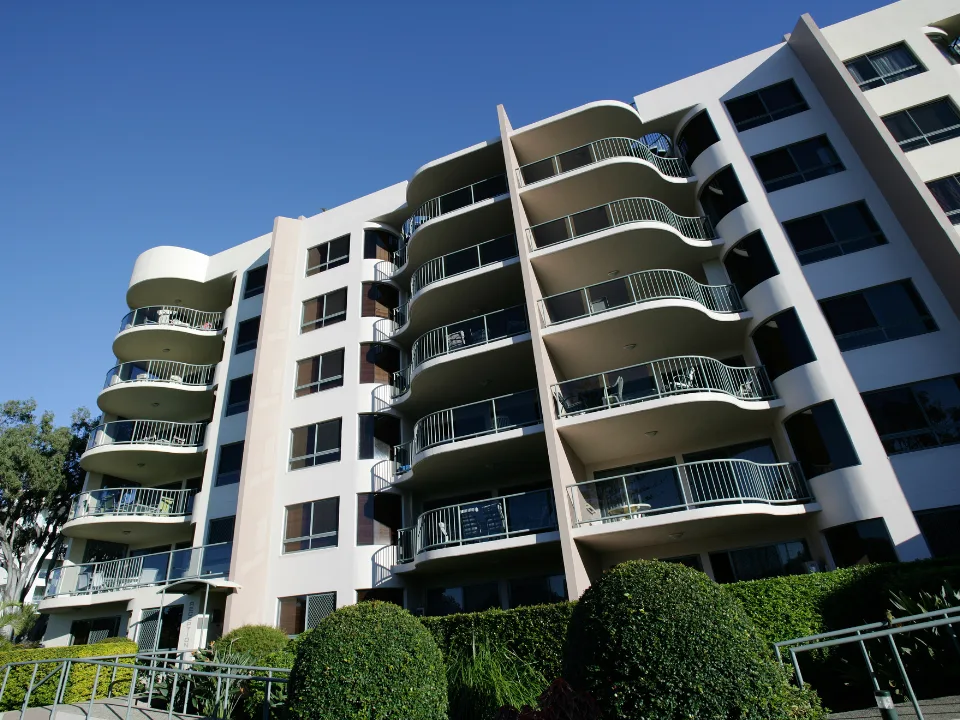- The CRE CLO distress rate rose by 114 bps in May to 9.74%, reflecting heightened financial stress.
- Over 36.5% of CRE CLO loans are on servicer watchlists, indicating growing concerns about future performance.
- Office loans have the highest distress rate at 16.8%, followed by multifamily at 13.3%.
The CRE CLO market is struggling, with CRED iQ reporting a distress rate of 9.74% in May, up 114 bps, as reported by Commercial Observer Loans that originated during low-interest periods are now grappling with maturity issues amid a high-rate environment.
Bigger Picture
CRED iQ’s distress rate—which includes loans 30 days delinquent, past maturity, in special servicing, or a combination of these factors—was consolidated from all loan-level performance info for every outstanding CRE CLO loan, totaling approximately $78B, up from $75B MoM.
Currently, 36.5% of CRE CLO loans are also on servicer watchlists, down by 2.1% since the last report. Combining the distress rate with the watchlist percentage reveals that 46.2% of these loans have some kind of issue, a figure that remains nearly unchanged from the previous month.
The majority of the $78B in CRE CLO loans are structured with floating rates and 3-year terms, often equipped with extension options if certain financial conditions are met.
Sector by Sector
The office sector remains the most distressed, with a rate of 16.8%. Multifamily loans have a distress rate of 13.3%. Retail loans are at 7.8%, and industrial loans are at 4.7%. Hotel loans follow closely behind industrial at 4.1%, and loans in the “other” category have a 6% distress rate.
How Late?
In terms of payment status, only 11.7% of distressed loans are currently performing.
Meanwhile, 29.7% of distressed loans are designated as performing matured, and 23.9% as nonperforming matured, together making up over half of all distressed CLO loans. Additionally, 12.8% of loans are 90+ days delinquent.
Numbers to Watch
Currently, 37.8% of these loans are on servicer watchlists due to pending maturity or anticipated repayment issues. Another 28.2% of loans have been flagged due to floating-rate debt service coverage ratio (DSCR) triggers. Other concerns include safety or environmental issues (6.5%) and occupancy decreases (5.6%).
















